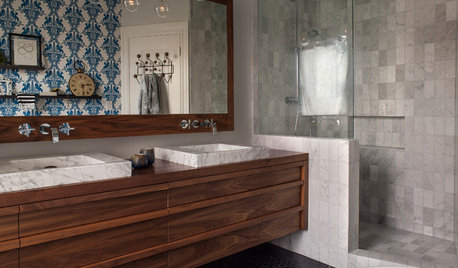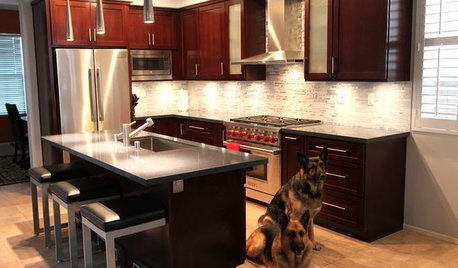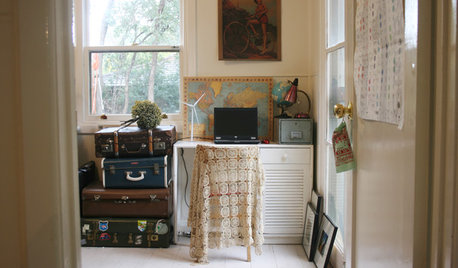Strange Issue after replacing electrical receptacle
stuckinthemiddle
10 years ago
Related Stories

MOST POPULARWhat to Do After a Hurricane or Flood
How you treat your home after a natural disaster can make all the difference in its future livability — and your own personal safety
Full Story
MOST POPULARKitchen Evolution: Work Zones Replace the Triangle
Want maximum efficiency in your kitchen? Consider forgoing the old-fashioned triangle in favor of task-specific zones
Full Story
BEFORE AND AFTERSBefore and After: 19 Dramatic Bathroom Makeovers
See what's possible with these examples of bathroom remodels that wow
Full Story
MOST POPULAR9 Real Ways You Can Help After a House Fire
Suggestions from someone who lost her home to fire — and experienced the staggering generosity of community
Full Story
FRONT YARD IDEASBefore and After: Front Lawn to Prairie Garden
How they did it: Homeowners create a plan, stick to it and keep the neighbors (and wildlife) in mind
Full Story
WHITE KITCHENSBefore and After: Modern Update Blasts a '70s Kitchen Out of the Past
A massive island and a neutral color palette turn a retro kitchen into a modern space full of function and storage
Full Story
DISASTER PREP & RECOVERYRemodeling After Water Damage: Tips From a Homeowner Who Did It
Learn the crucial steps and coping mechanisms that can help when flooding strikes your home
Full Story
GARDENING GUIDESBoxwood: Still Shape-Shifting After 350 Years
Wild or mild, the humble boxwood still brings style and order to all kinds of gardens
Full Story
BEFORE AND AFTERSReader Project: California Kitchen Joins the Dark Side
Dark cabinets and countertops replace peeling and cracking all-white versions in this sleek update
Full Story
MOVINGMaking a Home Away From Home
Feeling like a stranger in a strange land? These tips can help ease the transition after a big move
Full StoryMore Discussions








bus_driver
Ron Natalie
Related Professionals
Framingham Center Electricians · Galveston General Contractors · Groton General Contractors · Lewisburg General Contractors · Parsons General Contractors · Riverside General Contractors · Saint Andrews General Contractors · Torrington General Contractors · Glen Avon Solar Energy Systems · Hinsdale Solar Energy Systems · Ashburn Home Automation & Home Media · Coronado Home Automation & Home Media · Lenexa Home Automation & Home Media · Massapequa Home Automation & Home Media · Windsor Locks Home Automation & Home Mediagreg_2010
bus_driver
greg_2010
stuckinthemiddleOriginal Author
bruceko1
stuckinthemiddleOriginal Author
greg_2010